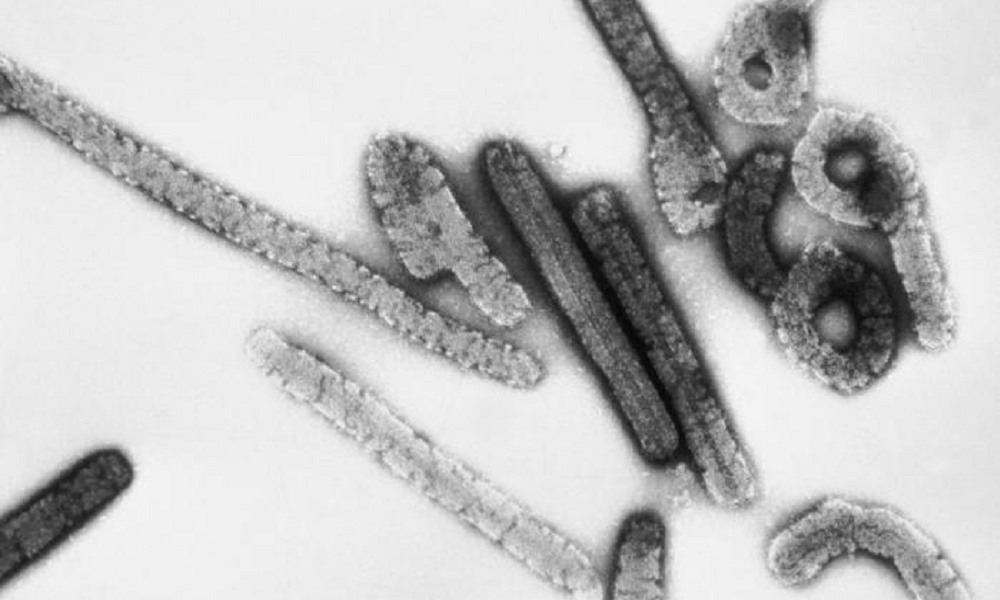World
WHO calls for surveillance to explain rise in human cases of H5N6 bird flu

The World Health Organization (WHO) says increased surveillance is urgently required to better understand what’s behind a recent spike in human cases of H5N6 bird flu in mainland China.
Only 48 people have been infected with H5N6 bird flu since the first confirmed case in 2014, but a third of those were reported in mainland China during the past 3 months alone. Half of all cases were reported during the past 12 months.
“Wider geographical surveillance in the China affected areas and nearby areas is urgently required to better understand the risk and the recent increase of spill over to humans,” a WHO spokesperson told BNO News.
H5N6 bird flu is known to cause severe illness in humans of all ages and has killed more than half of those infected. While there are no confirmed cases of human-to-human transmission, a 61-year-old woman who tested positive in July denied having contact with live poultry.
“Currently available epidemiologic and virologic evidence suggest that A(H5N6) influenza viruses have not acquired the ability of sustained transmission among humans, thus the likelihood of human-to-human spread is low,” WHO said.
The spokesperson added: “Due to the constantly evolving nature of influenza viruses, WHO continues to stress the importance of global surveillance to detect virological, epidemiological and clinical changes associated with circulating influenza viruses that may affect human (or animal) health and timely virus and information sharing for risk assessment.”
A study published by China’s Center for Disease Control in September reported several mutations in two cases of H5N6 and described the spread of the virus as a “serious threat” to the poultry industry and human health.
“The increasing trend of human infection with avian influenza virus has become an important public health issue that cannot be ignored,” the researchers said.
On Thursday, a report from the European CDC expressed concern about the detection of H5N6 viruses with markers for mammal adaptation. “The additional reports of transmission events to mammals, e.g. seals and a fox as well as seroepidemiological evidence of transmission to wild boar, could indicate evolutionary processes, including mammal adaptation with the possibility to acquire the ability to transmit to humans,” the report said.

-

 World6 days ago
World6 days agoEthiopian volcano erupts for first time in thousands of years
-

 Legal3 days ago
Legal3 days agoUtah Amber Alert: Jessika Francisco abducted by sex offender in Ogden
-

 US News2 days ago
US News2 days agoExplosion destroys home in Oakland, Maine; at least 1 injured
-

 Health3 days ago
Health3 days agoMexico’s September human bird flu case confirmed as H5N2
-

 Legal1 week ago
Legal1 week agoSuspect in San Diego stabbing shot by authorities after fleeing into Mexico
-

 Health1 week ago
Health1 week agoMarburg virus outbreak in Ethiopia grows to 6 confirmed cases
-

 World1 week ago
World1 week agoU.S. sanctions companies and vessels accused of aiding Iranian military oil sales
-

 World3 days ago
World3 days agoWoman killed, man seriously injured in shark attack on Australia’s NSW coast



